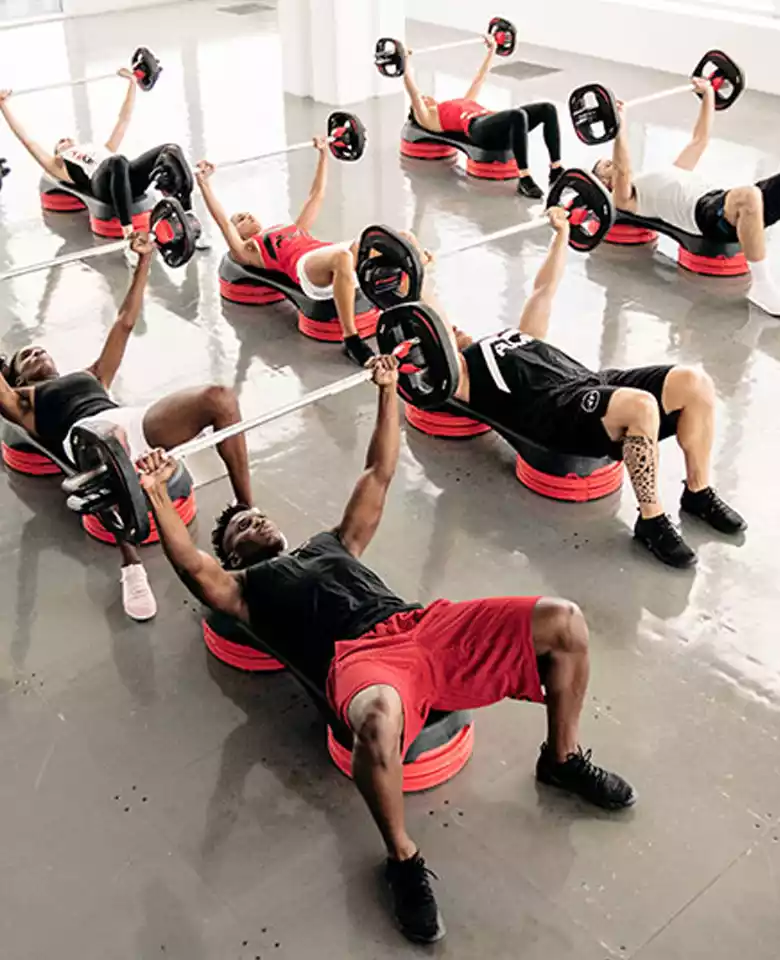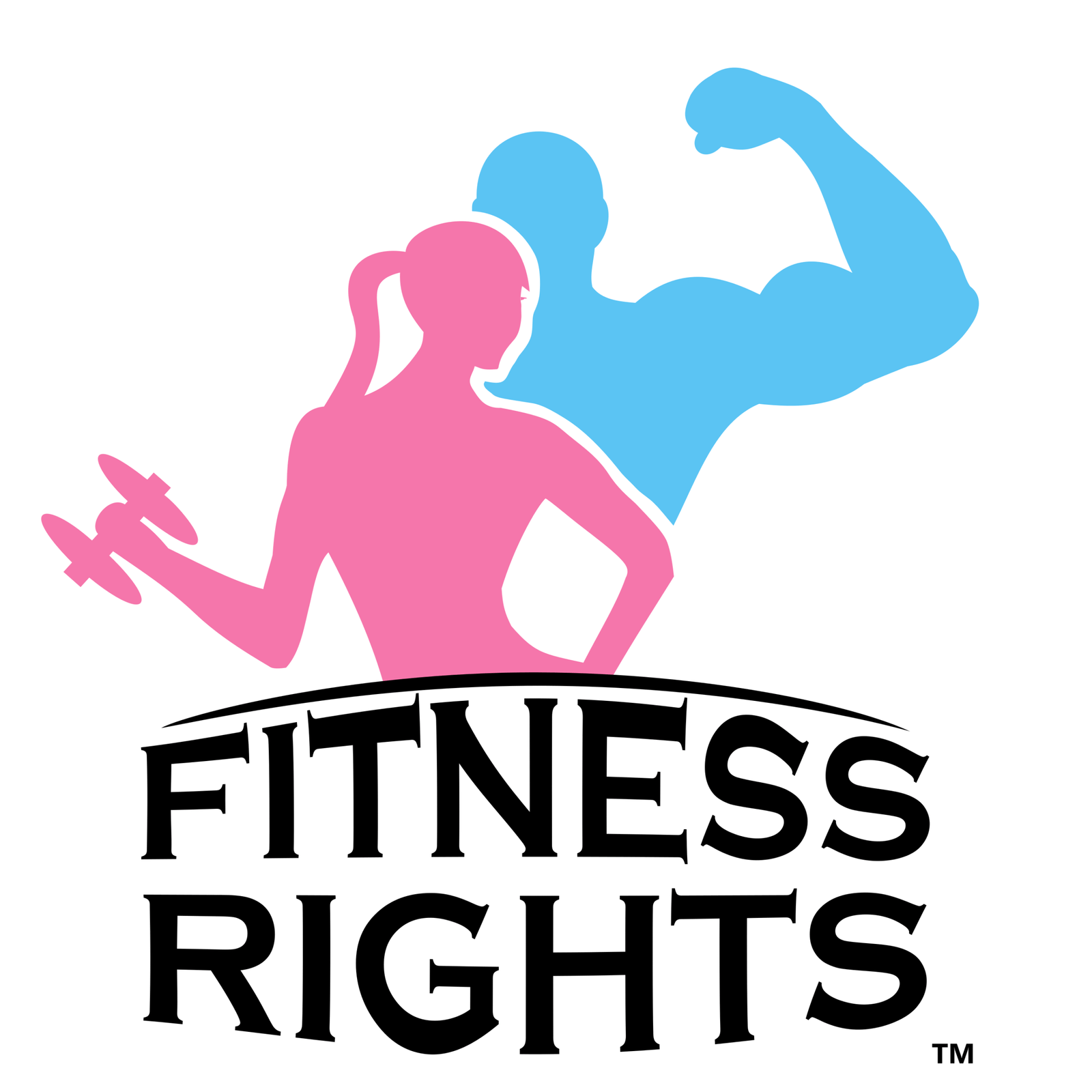Table of Contents
ToggleHow Often Should You Do Body Pump? Expert Tips to Avoid Over Stress
Body Pump, a popular fitness class developed by Les Mills, has revolutionized the way people approach strength training. This workout combines weightlifting with high-repetition movements, set to motivating music, making it both effective and enjoyable. Let’s delve into the myriad benefits of Body Pump workouts.
Muscle Strength and Endurance
Body Pump is designed to enhance muscle strength and endurance through a series of exercises targeting all major muscle groups. Each class typically lasts 60 minutes and includes squats, presses, lifts, and curls. The high-repetition format, often referred to as the “Rep Effect,” is key to its effectiveness.
• Strength Gains: Regular participation in Body Pump can lead to significant strength improvements. The repetitive lifting of moderate weights helps build muscle fibers, leading to increased muscle mass and strength.
• Endurance: The continuous nature of the workout, with minimal rest between sets, boosts muscular endurance. This means your muscles can perform for longer periods without fatigue.
• Functional Fitness: The exercises mimic everyday movements, enhancing functional fitness. This can make daily tasks easier and reduce the risk of injury.
Cardiovascular Health
While Body Pump is primarily a strength-training workout, it also offers cardiovascular benefits. The combination of high-repetition weightlifting and short rest periods keeps the heart rate elevated, providing a cardio workout.
• Heart Health: Regular Body Pump sessions can improve cardiovascular health by strengthening the heart and improving circulation.
• Calorie Burn: The high-intensity nature of the workout leads to significant calorie burn, aiding in weight management and fat loss.
• Metabolic Boost: The increased muscle mass from strength training boosts metabolism, helping you burn more calories even at rest.
Frequency of Body Pump Workouts
Determining how often to engage in Body Pump workouts depends on various factors, including fitness goals, experience level, and overall health. Here’s a detailed look at the ideal frequency for different individuals.

Beginners
For those new to Body Pump, starting with 1-2 sessions per week is advisable. This allows the body to adapt to the new workout regimen and reduces the risk of injury.
• Adaptation: Beginners need time to adapt to the high-repetition format and the specific movements involved in Body Pump.
• Recovery: Adequate recovery time between sessions is crucial to prevent overtraining and muscle soreness.
• Progression: As strength and endurance improve, the frequency can be gradually increased.
Intermediate and Advanced
For those with some experience in Body Pump or other strength training, 2-3 sessions per week can be beneficial. This frequency allows for continued progress while providing enough recovery time.
• Muscle Growth: Regular sessions help in building and maintaining muscle mass.
• Endurance: Increased frequency enhances muscular endurance and overall fitness levels.
• Variety: Incorporating other forms of exercise, such as cardio or flexibility training, can provide a well-rounded fitness routine.
Ideal Weekly Schedule
Creating an ideal weekly schedule for Body Pump involves balancing it with other forms of exercise and ensuring adequate rest. Here’s a sample schedule for optimal results.
Sample Weekly Schedule
• Monday: Body Pump
• Tuesday: Cardio (e.g., running, cycling)
• Wednesday: Rest or light activity (e.g., yoga, stretching)
• Thursday: Body Pump
• Friday: Cardio or flexibility training
• Saturday: Body Pump
• Sunday: Rest
Balancing Body Pump with Other Exercises
Incorporating various exercises ensures a balanced fitness routine and prevents overuse injuries.
• Cardio: Including cardio workouts improves cardiovascular health and complements the strength gains from Body Pump.
• Flexibility: Activities like yoga or stretching enhance flexibility and aid in recovery.
• Rest: Rest days are essential for muscle recovery and overall well-being.
Common Mistakes to Avoid
While Body Pump is an effective workout, certain mistakes can hinder progress and increase the risk of injury. Here are some common pitfalls to watch out for.
Overtraining
Overtraining occurs when the body doesn’t get enough rest between workouts, leading to fatigue and decreased performance.
• Signs of Overtraining: Symptoms include persistent muscle soreness, fatigue, decreased performance, and increased risk of injury.
• Prevention: Ensure adequate rest between sessions and listen to your body. Incorporate rest days and vary the intensity of workouts.
• Recovery: Proper nutrition, hydration, and sleep are crucial for recovery and preventing overtraining.
Incorrect Form
Using incorrect form during exercises can lead to injuries and reduce the effectiveness of the workout.
• Common Mistakes: Common form errors include improper alignment, using too much weight, and not following the instructor’s cues.
• Tips for Correct Form: Focus on technique, start with lighter weights, and seek guidance from instructors. Watching instructional videos can also be helpful.
• Injury Prevention: By ensuring proper form, you can minimize the risk of injuries and effectively work the targeted muscles.
Nutrition and Recovery
Nutrition and recovery play a vital role in maximizing the benefits of Body Pump workouts. Here’s how to fuel your body and recover effectively.
Pre-Workout Nutrition
Eating the right foods before a Body Pump session can enhance performance and prevent fatigue.
• Carbohydrates: Carbs provide the energy needed for high-intensity workouts. Opt for complex carbs like whole grains, fruits, and vegetables.
• Protein: Protein supports muscle function and repair. Include lean protein sources like chicken, fish, or plant-based options.
• Hydration: Staying hydrated is crucial for optimal performance. Drink water before, during, and after the workout.
Post-Workout Recovery
Recovery is essential for muscle repair and growth. Proper post-workout nutrition and recovery strategies can enhance results.
• Protein and Carbs: Consuming a combination of protein and carbs within 30 minutes of the workout aids in muscle recovery and replenishes glycogen stores.
• Hydration: Rehydrate with water or electrolyte-rich drinks to replace fluids lost during the workout.
• Rest: Adequate sleep and rest days are crucial for muscle recovery and overall well-being.
Tracking Progress
Tracking progress is essential for staying motivated and achieving fitness goals. Here’s how to monitor your improvements in Body Pump.
Measuring Strength Gains
Strength gains can be tracked through various methods, helping you see your progress and stay motivated.
• Weight Lifted: Keep a record of the weights used for different exercises. Gradually increasing the weight indicates strength gains.
• Repetitions: Track the number of repetitions completed for each exercise. Increasing reps with the same weight shows improved endurance.
• Performance: Note any performance improvements, such as completing the workout with better form or less fatigue.
Monitoring Endurance Improvements
Endurance improvements can be tracked through various indicators, helping you gauge your progress.
• Heart Rate: Monitor your heart rate during workouts. A lower heart rate at the same intensity indicates improved cardiovascular fitness.
• Recovery Time: Track how quickly your heart rate returns to normal after the workout. Faster recovery times indicate better endurance.
• Workout Duration: Note any increases in workout duration or intensity. Being able to complete longer or more intense sessions shows improved endurance.
Relevant Data Table For How Often Should You Do Body Pump?
| Frequency | Benefits | Potential Risks |
| 1-2 times per week | Allows for muscle recovery, suitable for beginners | Minimal risk |
| 3 times per week | Optimal for muscle growth and endurance | Risk of overtraining if not balanced with rest |
| 4+ times per week | Advanced muscle conditioning | High risk of overtraining and injury |
FAQs
How long should each Body Pump session be?
Each Body Pump session typically lasts 60 minutes. This duration is designed to provide a comprehensive workout that targets all major muscle groups. The class is divided into tracks, each focusing on a different muscle group, ensuring a balanced and effective workout.
• Warm-Up: The session begins with a warm-up track to prepare the muscles and joints for the workout.
• Main Workout: The main portion includes tracks for legs, chest, back, triceps, biceps, shoulders, and core. Each track lasts around 5-6 minutes.
• Cool-Down: The session concludes with a cool-down track to stretch the muscles and promote recovery.
Can beginners start with Body Pump?
Yes, beginners can start with Body Pump. The workout is designed to be scalable, allowing participants to adjust the weights and intensity according to their fitness level.
• Starting Light: Beginners should start with lighter weights to focus on learning the correct form and technique.
• Instructor Guidance: Instructors provide modifications and guidance to help beginners perform the exercises safely and effectively.
• Progression: As strength and endurance improve, beginners can gradually increase the weights and intensity.
What equipment is needed for Body Pump?
Body Pump requires specific equipment to perform the exercises effectively. Here’s a list of the essential equipment:
• Barbell and Weights: A barbell with adjustable weights is the primary equipment used in Body Pump. The weights can be adjusted according to the exercise and fitness level.
• Step Platform: A step platform is used for certain exercises, such as chest presses and tricep dips.
• Mat: A mat is used for floor exercises, such as core work and stretching.
• Comfortable Clothing and Footwear: Wear comfortable workout clothing and supportive footwear to ensure safety and comfort during the workout.
How can I prevent injuries during Body Pump workouts?
Preventing injuries during Body Pump workouts involves proper technique, adequate rest, and listening to your body. Here are some tips to stay injury-free:
• Correct Form: Focus on maintaining the correct form and technique. Use mirrors or seek guidance from instructors to ensure proper alignment.
• Appropriate Weights: Start with lighter weights and gradually increase as strength improves. Avoid using weights that are too heavy, as this can compromise form and increase injury risk.
• Warm-Up and Cool-Down: Always perform the warm-up and cool-down tracks to prepare the muscles and promote recovery.
• Rest and Recovery: Allow adequate rest between sessions to prevent overtraining and muscle fatigue.
Conclusion
Body Pump is an effective workout for building muscle strength and endurance while also improving cardiovascular health. To maximize benefits and minimize risks, it is important to balance Body Pump sessions with adequate rest and proper nutrition. Tracking progress and avoiding common mistakes can help ensure a safe and effective fitness journey. For more information on Body Pump, you can visit State Tech Fitness Classes and Les Mills Body Pump.
